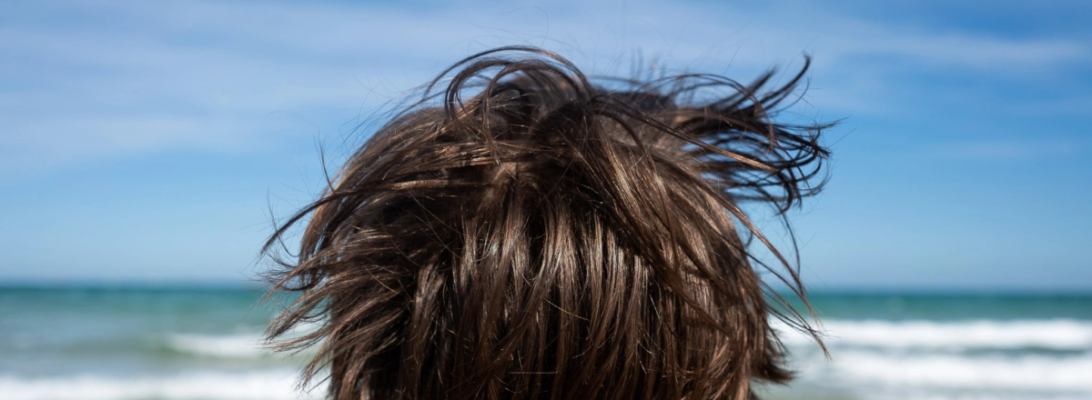Up to now, 11 families with kids, adolescents, or adults with autism have taken part. I will gradually publish the photos and stories of these families on this site.
Meanwhile, the photo project is making its first steps into the world.

On the 28th of March there will be two events featuring photos from Autism Stories in the context of the upcoming World Autism Awareness Day 2023 on 2 April.
The first one is a photo exhibition opening event organized by Autism Europe in cooperation with the European Parliament. The exhibition will display twenty-five pictures by ten photographers from different European countries. It will last from 27 to 31 March 2023.
Place: European Parliament in Brussels (Balcony, Area ASP, 5 G)
Date and time: 28 March 2023, 11 – 12 AM
The second one is a small exhibition dedicated to Autism Stories. It is organized with the support of GAMP, a Belgian association that is extremely active in promoting the rights of persons living with a handicap, and Saint-Louis University in Brussels. The exhibition will be open from 27 March to 7 April.
On 28 March there will be an opening event at University Saint-Louis.
Place : The “Lobby”, 1st floor of the Ommegang building of University Saint-Louis, rue de l’Ommegang 6, 1000 Bruxelles
Date and time : 28 March 2023, 6 – 7 PM



